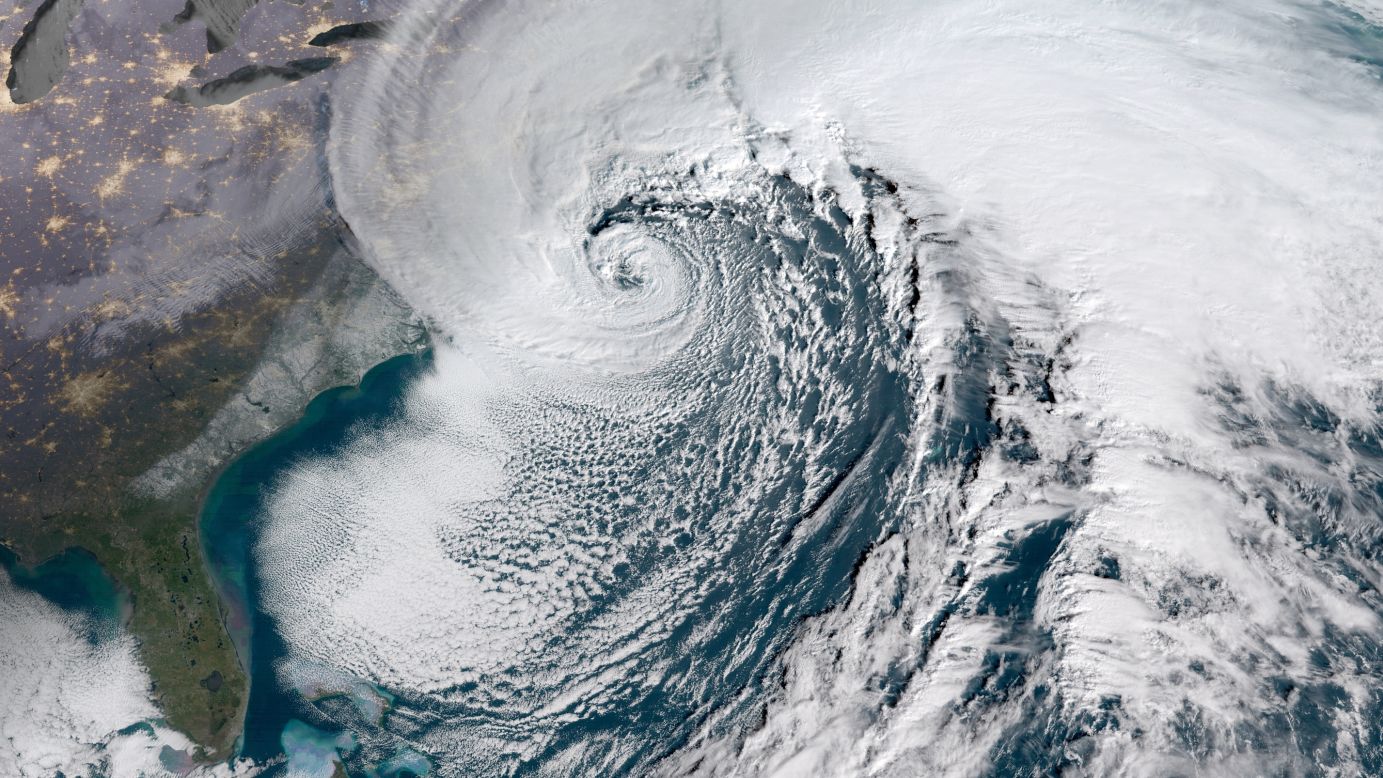A fierce nor’easter swept up the Eastern Seaboard this weekend, bringing heavy rain, coastal flooding, and hurricane-level wind gusts to regions still recovering from June’s brutal storms. Weather experts say that these increasingly persistent and intense systems are a direct outcome of global warming.
- A low-pressure system parked itself offshore, dragging warm, moisture-rich air from the Gulf Stream across New England and the Mid-Atlantic.
- Heavy downpours triggered flash floods in urban areas and overwhelmed storm drains in coastal towns.
- Gale-force winds battered shorelines, leading to property damage and dangerous wave surges.
- While the storm has now moved northward, parts of Maine and eastern Canada can expect lingering showers and rough seas.
Climate change is amplifying nor’easters in two major ways:
- Warmer oceans: Elevated sea surface temperatures mean the ocean can supply more moisture, energizing storms with more fuel.
- Stalling weather systems: Jet stream patterns are becoming more sinuous and sluggish, allowing storms to linger longer over coastal regions.
Data shows storms are not only growing stronger, but their forward motion is slowing—giving rise to heavier, more concentrated rainfall in confined areas en.wikipedia.org+2en.wikipedia.org+2arxiv.org+2arxiv.org.
Across 2025, climate researchers have identified several troubling trends:
- Record-breaking tornado outbreaks and severe flooding in May and April.
- Escalating drought severity, amplified rising temperatures and atmospheric demand.
- Increased extreme weather tied to changes in atmospheric wave patterns en.wikipedia.org.
This nor’easter fits into a broader global picture: as each degree of warming cranks up the atmosphere’s moisture-holding capacity, storms become both more energetic and more dangerous.
| Impact Area | Implications |
|---|---|
| Flood Risk | Urban areas with aging infrastructure are especially vulnerable. |
| Coastal Hazards | Erosion and property damage are likely as storm surge increases. |
| Emergency Prep | Slower-moving storms mean residents need extended flood watches and evacuation time. |
| Policy Pressure | Such events increase demands for investment in resilient building codes and climate mitigation. |
- Storm forecast models: Pay attention to slow-moving systems in fall and winter; they could mirror this pattern.
- Policy action: Coastal states are under pressure to update flood maps and strengthen zoning rules.
- Scientific monitoring: Continued studies on storm intensity, moisture trends, and jet stream shifts will be central to understanding near-term climate impacts.
The recent nor’easter brought significant disruption to East Coast communities. More importantly, it highlights a clear pattern: climate change isn’t just warming the planet—it’s fueling more powerful, sluggish, and moisture-heavy storms. As similar weather events grow more frequent, adapting our infrastructure and emergency systems becomes critical to keeping communities safe.
